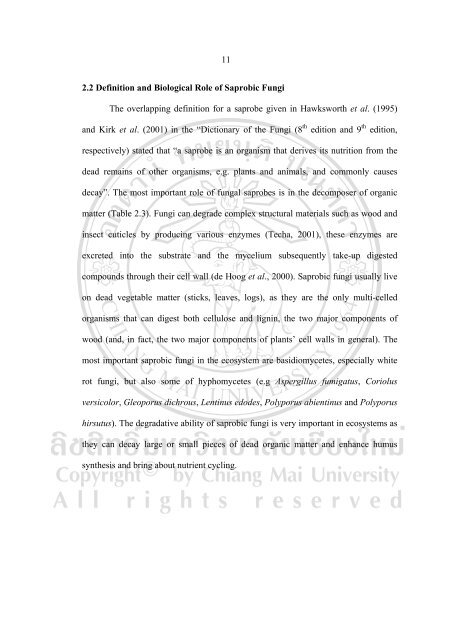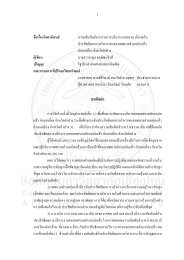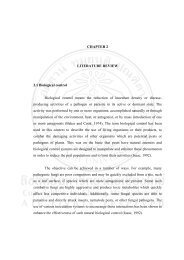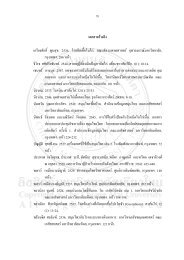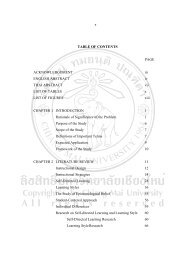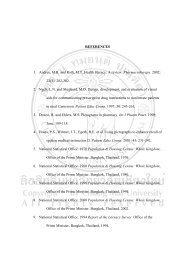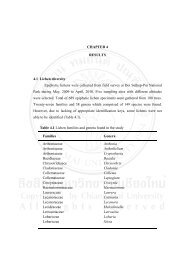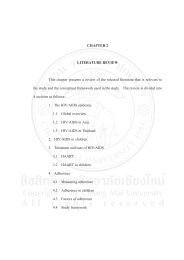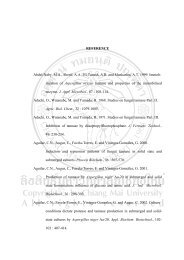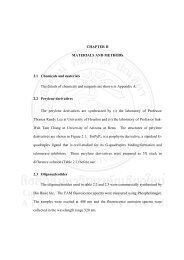Chapter Four
Chapter Four
Chapter Four
Create successful ePaper yourself
Turn your PDF publications into a flip-book with our unique Google optimized e-Paper software.
11<br />
2.2 Definition and Biological Role of Saprobic Fungi<br />
The overlapping definition for a saprobe given in Hawksworth et al. (1995)<br />
and Kirk et al. (2001) in the “Dictionary of the Fungi (8 th edition and 9 th edition,<br />
respectively) stated that “a saprobe is an organism that derives its nutrition from the<br />
dead remains of other organisms, e.g. plants and animals, and commonly causes<br />
decay”. The most important role of fungal saprobes is in the decomposer of organic<br />
matter (Table 2.3). Fungi can degrade complex structural materials such as wood and<br />
insect cuticles by producing various enzymes (Techa, 2001), these enzymes are<br />
excreted into the substrate and the mycelium subsequently take-up digested<br />
compounds through their cell wall (de Hoog et al., 2000). Saprobic fungi usually live<br />
on dead vegetable matter (sticks, leaves, logs), as they are the only multi-celled<br />
organisms that can digest both cellulose and lignin, the two major components of<br />
wood (and, in fact, the two major components of plants’ cell walls in general). The<br />
most important saprobic fungi in the ecosystem are basidiomycetes, especially white<br />
rot fungi, but also some of hyphomycetes (e.g Aspergillus fumigatus, Coriolus<br />
versicolor, Gleoporus dichrous, Lentinus edodes, Polyporus abientinus and Polyporus<br />
hirsutus). The degradative ability of saprobic fungi is very important in ecosystems as<br />
they can decay large or small pieces of dead organic matter and enhance humus<br />
synthesis and bring about nutrient cycling.


